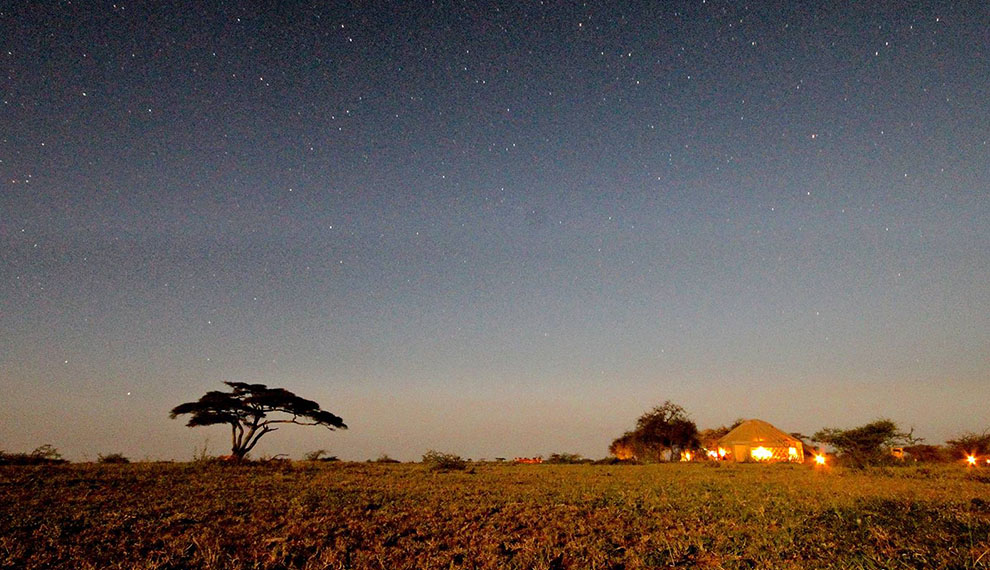December is ripe with opportunities to experience sensational wilderness in many parts of the world. here is our pick of the bunch to get you started:
STEP OFF THE BEATEN TRACK IN THE SERENGETI
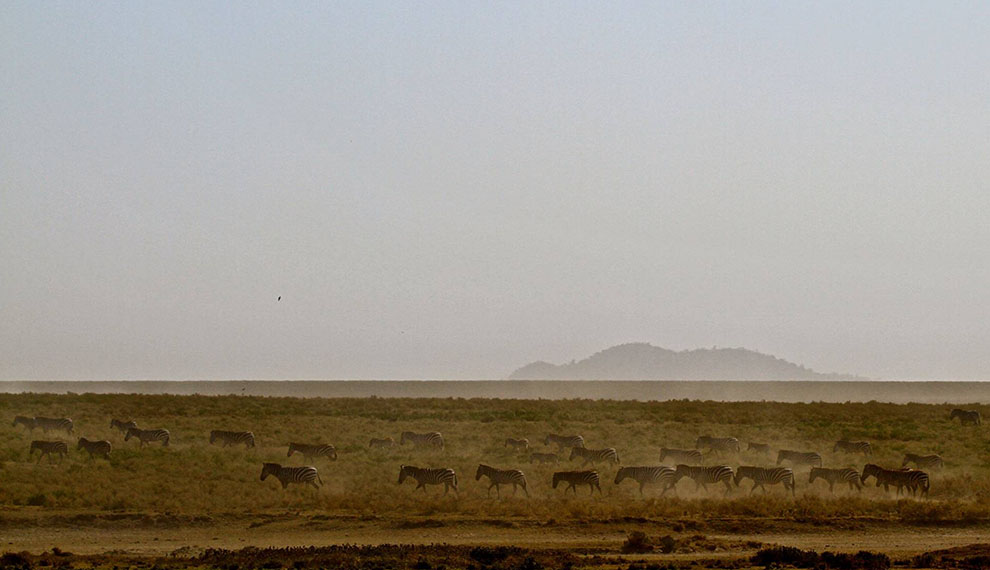
Few places can compete with northern Tanzania when it comes to vast areas of wilderness and wildlife. but few people recognise what a rich experience awaits those prepared to step just a short distance off the beaten track.
The best-known event in Tanzania is the migration of the wildebeest, unsurprisingly the river crossings and calving draw much of the attention when it comes to safaris in the Serengeti; these are truly remarkable things to experience.
But in December, just as the herds thunder onto the short grass plains of the Serengeti, followed by mobile camps and tourists, we recommend looking to the North. By all means visit the migration for a night or two, but then head to the other end of the park and leave the crowds behind. Here, with the wildebeest gone, resident wildlife of all kinds thrives. This is one of the few areas where you have a real possibility of seeing the Big 5 in an unspoilt setting, and likely on your own. Black Rhino are frequently seen in the area along the Mara River. The long lush grasses that grow in the rolling valleys are havens for elephant, buffalo herds graze the Lamai Wedge and the warm flat-topped rocks typical of the area are the ideal places for lion and leopard to survey their domains.
And what’s more, all of this can be experienced from the verandah of your own private house – Mkombe’s House, just a few miles from the Mara River itself.
ESCHEW THE CONVENTIONAL AND HEAD FOR MADAGASCAR
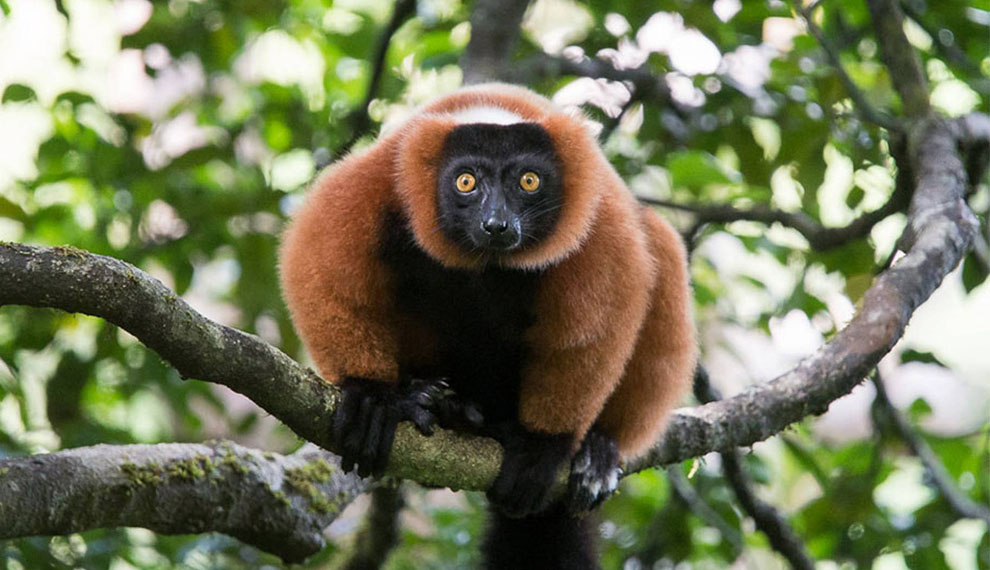


Isolated for 65 million years, Madagascar is the oldest island on earth and hosts a cornucopia of unique wildlife, close to 200 mammals and over 100 bird species are found nowhere else.
Add into the mix flashy chameleons, freakish geckos and fascinating insects – this country’s critters are truly remarkable. With tropical rainforests, pristine beaches and endearingly eccentric towns, Madagascar is the ideal destination for an exploratory road trip. Head east from Antananarivo, the charming chaotic capital, to the Analamazaotra sector of Andasibe-Mantadia NP (when in doubt add a couple more vowels) for an opportunity to encounter the largest and loudest lemur – the Indri – whose teddy bear looks and wailing song make it unmissable.
Further south, via fabulous food and woeful wine, are the hot springs of Ranomafana whose surrounding forests contain a dozen prosimians including dancing Sifakas and pocket-sized bamboo lemurs – astonishingly the particularly photogenic golden bamboo lemur was only discovered in 1986. Crossing the spine of Madagascar takes you across to the drier west, land of the inimitable Ring-tailed Lemur, baobabs and inselbergs – here you can hike through sandstone canyons and swim under waterfalls in palm-fringed pools, before hitting the coast at Tulear which offers rewarding snorkelling and diving in the rich warm waters of the Mozambique Channel.
ISLAND HOPPING AROUND THE GALAPAGOS.
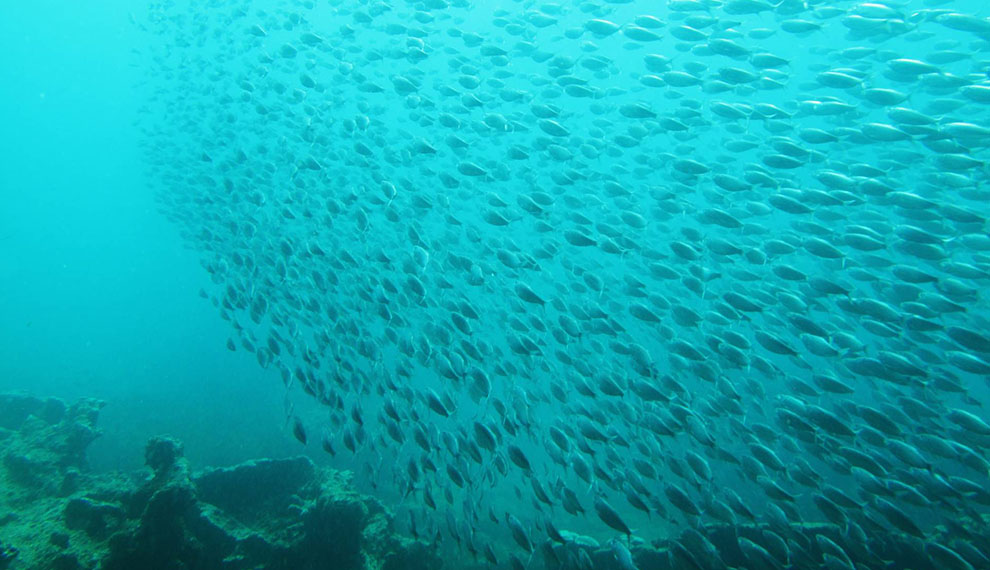


For families and groups of friends looking for a once in a lifetime experience, it’s hard to compete with sailing from island to island in the Galapagos on board your own private yacht.
Sail the seas at night to reach spectacular mooring points for you to head ashore and experience the natural phenomenon of these islands. During the day you’ll have plenty of time to explore beneath the surface. Equipped with specialist snorkel gear, jump in and you may find yourself joined by frolicking sea lions. A truly unforgettable experience.
The importance of boat size can’t be overstated. The smaller the boat, the more you’ll be able to explore shallower areas that bigger boats can’t access meaning trips ashore will be away from other visitors. A favourite of ours is the 12 berth Beagle – a rather beautiful 105ft steel hulled brigantine with teak decks and comfortable interiors, an excellent chef and brilliant guides.
TIGERS, TURBANS, LEOPARDS AND TRUNDLING CAMELS IN INDIA’S RAJASTHAN.
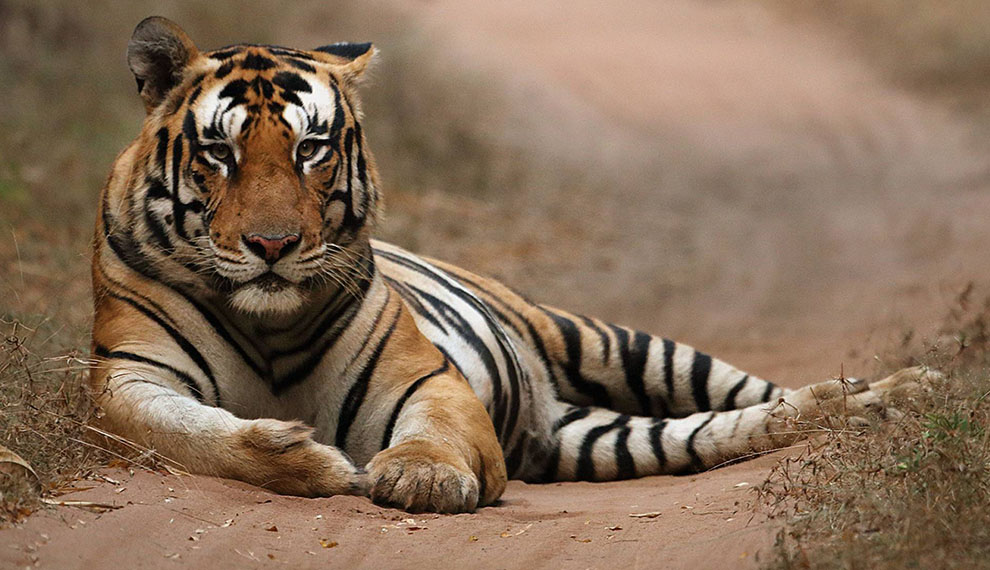


In winter the searing heat of Rajasthan subsides to warm sunny days with cloudless skies inviting exploration of India’s semi-desert state, its regal past and iconic wildlife.
There’s really nothing quite as thrilling as tracking tigers in the wild and the craggy hills, ancient ruins and dry forests of Ranthambhore are one of the best places in India to spot them. In winter, thousands of birds migrate from Europe and Siberia making the former royal hunting reserve an ornithologist’s paradise.
To the west, where scrub meets granite hills, crimson turbaned Rabari shepherds lead their flocks in search of pasture, and respect and live in harmony with leopard. Guided on foot or in an open jeep, you will search for the superbly camouflaged spotted cat may which may reveal itself among the rocky landscape.
Staying in exceptionally comfortable camps and restored forts and palaces, we highly recommend also including some time to dip into Rajasthan’s rich culture, gaze at night skies filled with an impossible number of stars and discover colourful villages where life moves at the pace of a trundling camel cart.
WILD NEPAL IN THE JUNGLES OF BARDIA NATIONAL PARK.
Head off-grid into the jungles of western Nepal to the pristine wilderness of Bardia national park; with lush forests, meandering river valleys and diverse wildlife you’ll experience wild Nepal at its best.
In the company of one of Nepal’s top wilderness guides, spend your days exploring the jungles in search of wild elephant and the elusive tiger. To track tiger on foot is one of the most exciting experiences you’ll find anywhere in the world.
Deep in the Sal Forest, split your time between a luxury jungle lodge and a simple tented safari camp so you and your family can relax and unplug from civilisation in both safety and style and experience life in the jungle in the company of true Nepal safari pioneers.


